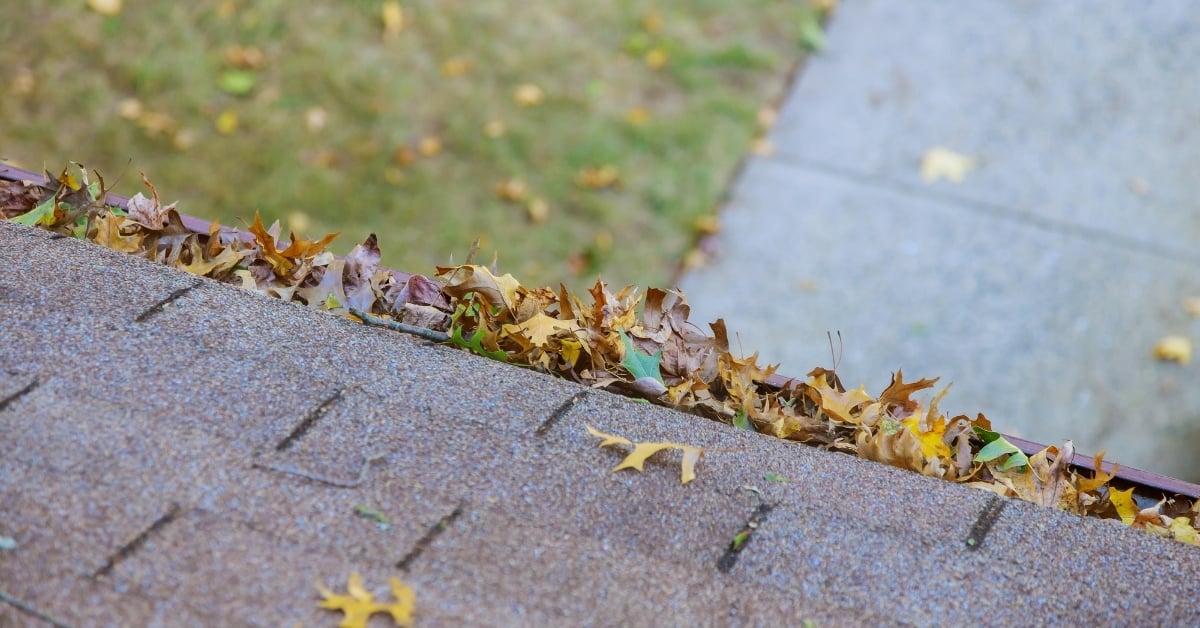As the year comes to a close, most homeowners start thinking about holidays, winter prep, and wrapping up loose ends, rarely the roof. But the storms that rolled through earlier in the year may have done more to your home than you realize. Wind, hail, heavy rain, and fast-changing temperatures leave their mark quietly, and many homeowners don’t see the effects until leaks show up in the middle of winter.
At Downtown Roofing, we spend a lot of time inspecting roofs long after homeowners thought they were fine, only to discover the storms months earlier had already set the stage for problems.
End of year is one of the best times to take stock of what may have happened overhead.
Storm Damage Isn’t Always Obvious
Most people expect roof damage to be unmistakable, shingles in the yard, holes in the roof, water dripping through a ceiling. The reality is far more subtle. Many of the worst issues start small and hidden.
A hailstorm, for example, can leave impact marks that are nearly invisible from the ground. But those impacts can loosen protective granules, weaken the shingle surface, and reduce your roof’s ability to shed water efficiently. Wind can lift shingles just enough to break their seal. Heavy rains can exploit those weaknesses over time, even if nothing leaked during the storm.
By the time winter arrives, what seemed like “no big deal” becomes a perfect setup for ice, snow, and freezing temperatures to make the problem worse.
How Hail Really Affects a Roof
Hail doesn’t need to be huge to cause damage. Even smaller stones can bruise shingles, crack protective layers, and shorten a roof’s life. The trouble is that hail damage doesn’t typically cause leaks right away. Instead, it wears away at the roof slowly.
This kind of damage is especially common in regions that see repeated hailstorms throughout the year. A single storm might not cause noticeable problems, but three or four in a season can add up, quietly.
The real risk shows up months later, when cold weather causes the shingles to contract, gaps widen, and moisture finally breaks through.
What Wind Might Have Done (Even Without Missing Shingles)
Wind damage is another silent culprit. Homeowners often assume that if no shingles are visibly gone, everything’s fine. But shingles don’t have to blow off entirely to be compromised.

Even brief wind gusts can break the adhesive bond that holds shingles down. Once that bond is loosened, the shingle might look okay but lift slightly during the next storm. That’s all it takes for water to slip underneath and begin damaging the underlayment.
In areas with wide-open terrain, like parts of Wyoming and the Midwest, these wind issues are incredibly common.
The Slow, Steady Impact of Heavy Rain
Heavy rainfall doesn’t create holes in your roof, but it does what water always does: find weaknesses. If flashing is even slightly loose, water will test that joint again and again throughout the year. If your gutters overflow, water can collect along the roof edge and eventually work its way underneath.
.jpg?width=1200&height=628&name=Hero%20(94).jpg)
By the end of the year, gutters may be clogged, shingles may be weathered, and water may have found small entry points that only reveal themselves once snow starts melting.
This is why so many homeowners discover leaks in winter, even though the storm that caused the issue happened months earlier. After reviewing this year’s storm activity data, it’s clear how often roofs take unseen damage.
The Freeze–Thaw Cycle Makes Everything Worse
This is where the real trouble begins. Once temperatures start dropping, small cracks or vulnerabilities created by past storms turn into bigger problems. Water that sneaks under shingles freezes, expands, and forces those shingles upward. That creates gaps; those gaps let in more water; that water freezes again.
The cycle repeats until you have a full-blown leak.
Most winter roofing emergencies started as minor storm damage well before the temperature fell.
How to Know If Your Roof Took Damage This Year
You don’t need visible damage to have a problem. In fact, most of the significant issues we find aren’t something you’d catch without climbing onto the roof. However, there are a few signs homeowners often notice after a storm season that point to deeper issues:
-
Slight discoloration on ceilings or upper walls
-
Uneven or “patchy” areas of snow melt on the roof
-
Higher heating bills than usual
-
Small granules collecting in your gutters
-
Icicles forming in areas they never formed before
-
Roof noise—creaking, popping, or shifting during cold snaps
These aren’t definitive proof of damage, but they’re strong indicators that something is happening under the surface.
Why an End-of-Year Inspection Matters
An end-of-year inspection gives you a chance to catch any storm-related damage before winter weather makes it worse. If a storm weakened your roof in June or September, the consequences won’t wait until spring, they show up during freeze-thaw cycles, snow accumulation, and ice buildup.

A professional inspection identifies issues that didn’t surface immediately after the storm. It also helps you plan ahead, whether that means a small repair now, reinforcing vulnerable areas, or simply confirming your roof is still in great shape going into winter.
And if there’s storm damage that qualifies for an insurance claim, catching it before winter is critical. Once ice, snow, and additional damage occur, documentation becomes harder and claims become more complicated.
Give Yourself Peace of Mind Before Winter Hits
Your roof may have handled the storms this year better than you thought. But the only way to know for sure is to have a trained professional take a close look. At Downtown Roofing, we do thorough, year-end inspections that help homeowners understand exactly where their roof stands before winter arrives.

If you want to avoid surprise leaks, emergency calls, and winter repairs, now is the time to get ahead of it.
Schedule an end-of-year inspection with Downtown Roofing and head into winter with confidence.
Nov 24, 2025 11:43:45 AM

